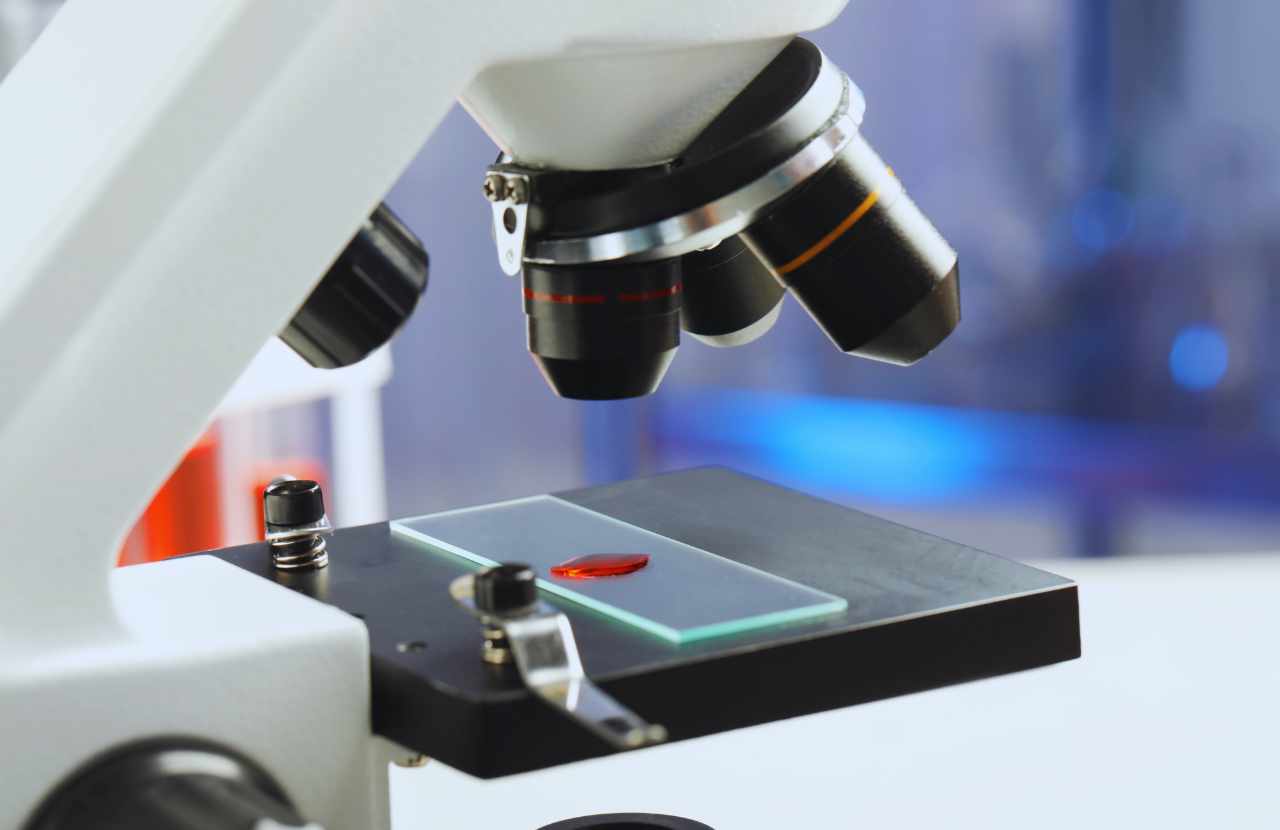Microscope slides are an essential tool for examining biological specimens under a microscope. They provide a platform for preparing samples for observation and analysis. Microscope slides come in various types, each designed to meet specific research or diagnostic needs. This article will explore the various types of microscope slides used in the scientific field.
The Significance of Microscope Slides
Microscope slides serve as the foundation for microscopic exploration. Composed of high-quality glass or plastic, these small, flat surfaces provide the platform for mounting samples that are scrutinized under a microscope. Without microscope slides, the microscopic world would remain largely uncharted territory.
Materials and Construction
Microscope slides are typically made from clear glass, such as soda-lime or borosilicate glass. The material’s transparency is crucial for allowing light to pass through the specimen, enabling clear observation. Some modern slides are also constructed from plastic materials, providing additional durability and flexibility.
Standard Dimensions
Microscope slides adhere to standard dimensions, typically measuring 75 × 25 millimetres (3 × 1 inches). This standardized size ensures compatibility with various microscopes, allowing for easy interchangeability of slides across different instruments.
8 Types of Microscope Slides
Here, we have discussed the eight types of microscopic slides.
Plain Microscope Slides
A plain microscope slide is a type of slide that is the most basic and most commonly used. They are made of transparent glass, which makes them ideal for observing and analyzing specimens under a microscope. Plain slides come in a standard size of 1″ x 3″ and have smooth edges that are easy to handle. They are also relatively inexpensive, making them a popular choice for laboratories on a budget.
Frosted Microscope Slides
Frosted microscope slides are similar to plain slides but have a frosted area on one end of the slide. The frosted area allows for labelling the sample, making it easier to identify and track. These slides are commonly used in clinical and diagnostic laboratories to track patient samples and in research laboratories to keep track of experimental samples.
Concavity Microscope Slides
Concavity microscope slides have a depression or concave shape in the centre of the slide. This feature allows for examining liquid or solid samples that would otherwise spill off a flat slide. The concavity also allows for a larger sample to be observed in one field of view, making it an ideal choice for examining cells or bacteria.
Chambered Microscope Slides
Chambered microscope slides have one or more wells or chambers on the slide surface. Raised barriers usually separate these chambers, and each chamber can hold a different sample. This slide type is ideal for observing animal cells and tissues requiring different environmental conditions or treatments. Not only that but microorganisms, like bacteria and other parasites, are also observed. The chambered slide provides a controlled environment for each sample, making observing and analyzing their differences easier.
Culture Microscope Slides
Culture microscope slides are specially designed for the growth and observation of microorganisms. They have a concave or flat surface coated with a special material that promotes cell attachment and growth. These slides are commonly used in microbiology and cell culture research, as they allow for observing cell behaviour and growth in real time.
Adhesive Microscope Slides
Adhesive microscope slides have a sticky surface that allows samples to adhere to the slide without mounting media or coverslips. These slides are ideal for observing delicate or small specimens that may be easily displaced during the mounting process. The adhesive surface ensures the sample stays in place, allowing for clear and precise observation.
Fluorescence Microscope Slides
Fluorescence microscope slides are coated with a special material that enhances the fluorescence signal of samples labelled with fluorescent dyes. These slides are commonly used in fluorescence microscopy, a technique that uses light to excite the fluorescent dyes in the sample. The resulting emission is then observed and analyzed using a fluorescence microscope. Fluorescence slides are ideal for observing and analyzing the behaviour of specific proteins or molecules in living cells.
Double-Sided Microscope Slides
Double-sided microscope slides have a glass surface on both sides of the slide, allowing for the observation of samples from both sides. This feature makes them ideal for observing thin or transparent samples and comparing two samples side by side. Double-sided slides are commonly used in research and education, as they provide a more comprehensive view of the sample.
Wrapping Up
In conclusion, microscope slides are essential for examining biological specimens under a microscope. Several types of microscope slides are designed to meet specific research or diagnostic needs. The choice of slide depends on the type of specimen.

